Onions, part of the Allium family, are a long-season crop, taking up to 8 months to mature from seed. We started our onion transplants in early January, and they wont be ready to harvest until late-July or August. If you haven’t already started onions from seed we highly recommended that you buy transplants from your local nursery.
Onions form bulbs in response to the number of hours of daylight the plant receives. This means that the larger your plants are when the bulb starts to form, the larger the bulb will be. Around the Pacific Northwest and in other northern climates, onions start to bulb around the summer solstice. Up here we transplant our onions in March so that the plants have ample time to grow before the long days of summer stimulate bulbing. When selecting your onion varieties, remember that the further north you are, the more hours of daylight you have during the summer and you'll want to choose an onions accordingly.
Whether you start your own from seed or you are buying transplants, it is likely that one pot of transplants will contain a bunch of onion plants. When planting, break up the soil and gently separate the plants. Each of these skinny starts can be planted and if all goes according to plan, should turn into an onion!
How to plant:
Onions will stay in your garden for 5-6 months so don’t plant them the same spot you are planning to plant your tomatoes in a few months!
Loosen the soil with a spade shovel or fork.
Check the soil pH and add lime as necessary
Add a balanced fertilizer
Remove clump of onions from pot and gently separate each onion.
Trim: If the roots are more than a few inches long, trim them down to 2-3 inches in length.
Plant onions 6” deep and 6” apart
If the tops of the onions are floppy or turning yellow, trim these as well. Just make sure you leave a couple of inches of plant sticking out of the soil.
Fertilize again in 3 weeks
Onions can be harvested at pretty much any size, but the plant is fully mature when tops of plant begin to turn brown and die back. Allowing the plant to reach full maturity will result in a larger bulb, but if your 4th of July BBQ comes around and forgot to buy onions, feel free to pull one or two out of your garden!
This brings me to the topic of how much you should plant. Many people say that they could easily go through a few onions a week. If you are one of these people, you many want to consider committing a chunk of your garden to onions. They are easy to grow, have few pests, and most varieties store well for 3-5 months. Also, the more you plant, the more you will be able to pull out as smaller onions during the summer months.
Although few pests are drawn to onions (or any alliums for that matter), they are susceptible to disease so be sure to rotate the planting location in your garden from year to year.
If you are like me, you love eating onions, but could do without the eye irritation that comes along with preparing them. The root of the onion has a higher concentration of enzymes that cause eye irritation so if you avoid cutting through that part of the onion you will experience less irritation. Refrigerating onions before you prepare them also helps prevent eye irritation.
Varieties we like:
Alisa Craig: This variety produces large, sweet yellow bulbs. It is one of our favorite, but be sure to eat them first because they only store for a few months.
Prince: This yellow variety is a great storage onion, lasting up to six months when stored in a dry, warm place. It’s uniform shape and size is slightly larger than other common storage onion varieties we have tried.
Patterson: This is another yellow storage variety with dark yellow skin and thin necks that dry quickly, making a great for storage!
Ruby Ring: This classic red Spanish-type onion produces hard, uniform bulbs and is particularly well suited for the Pacific Northwest.

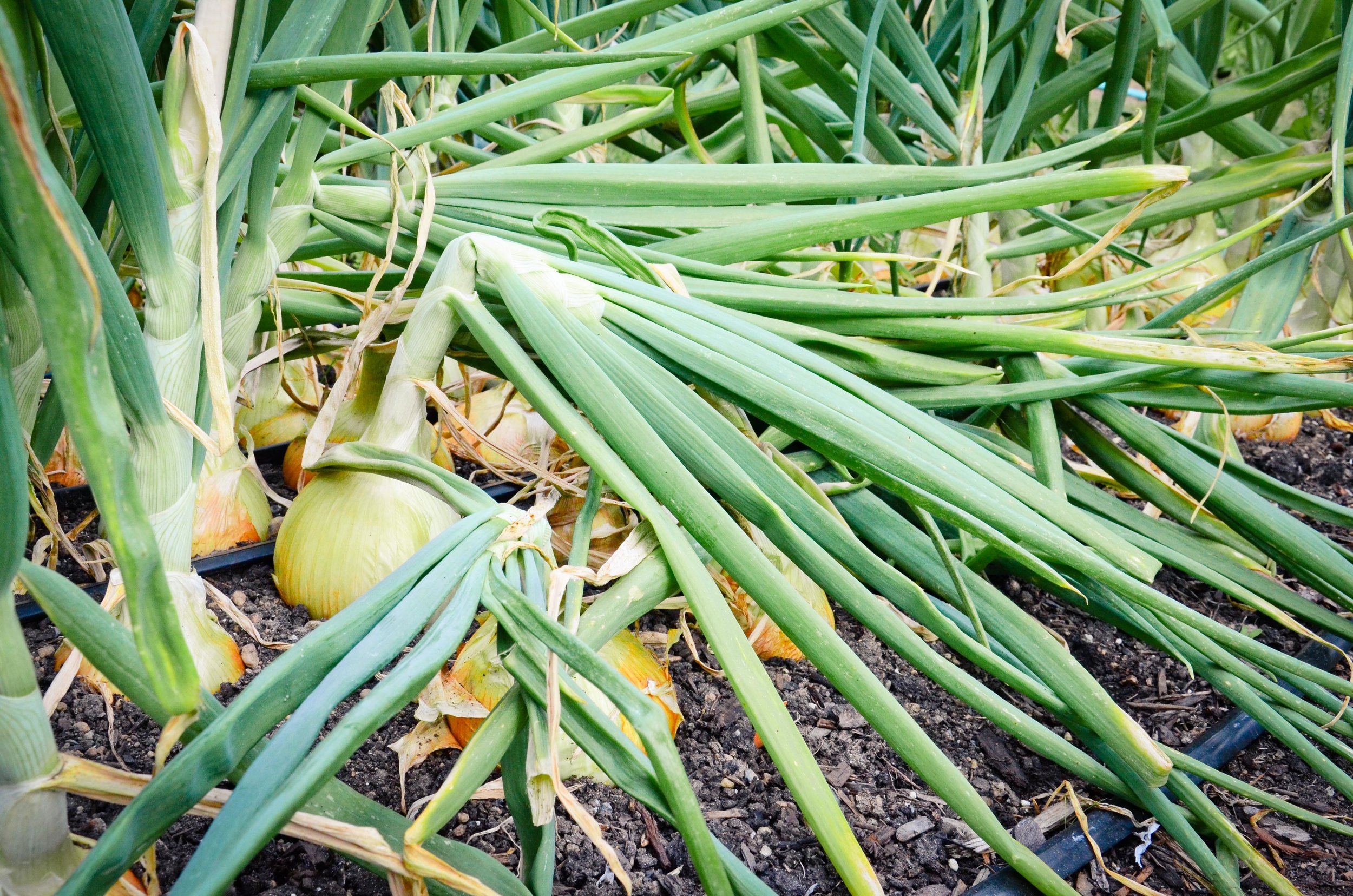
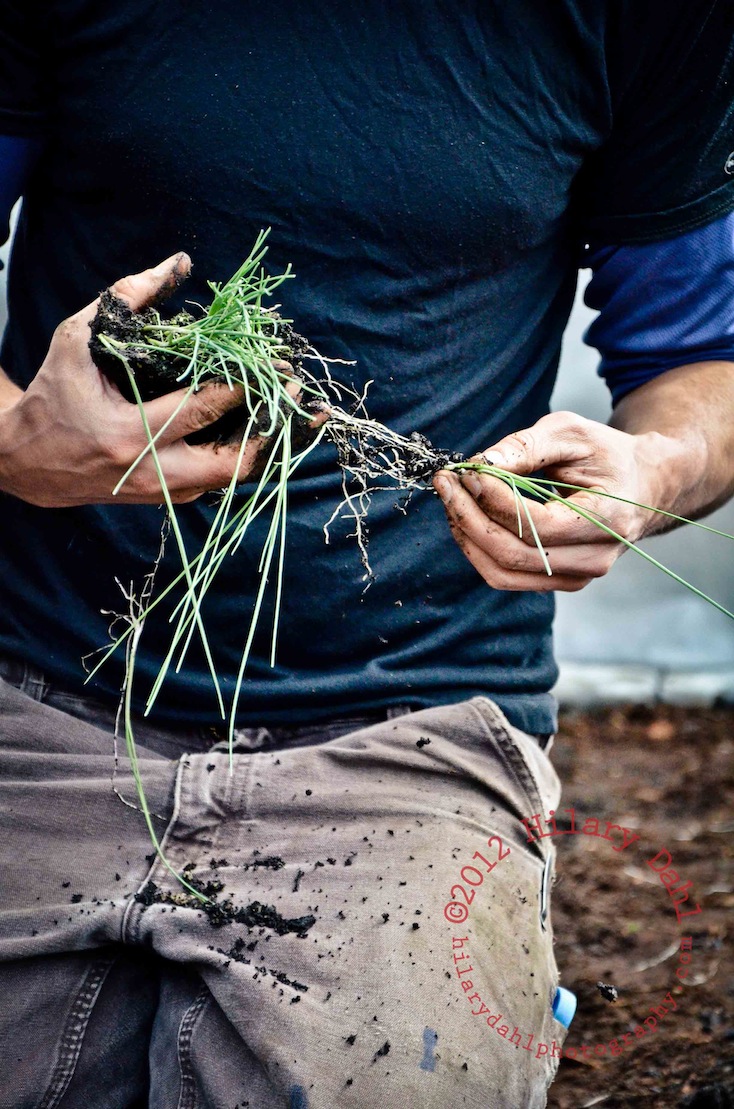
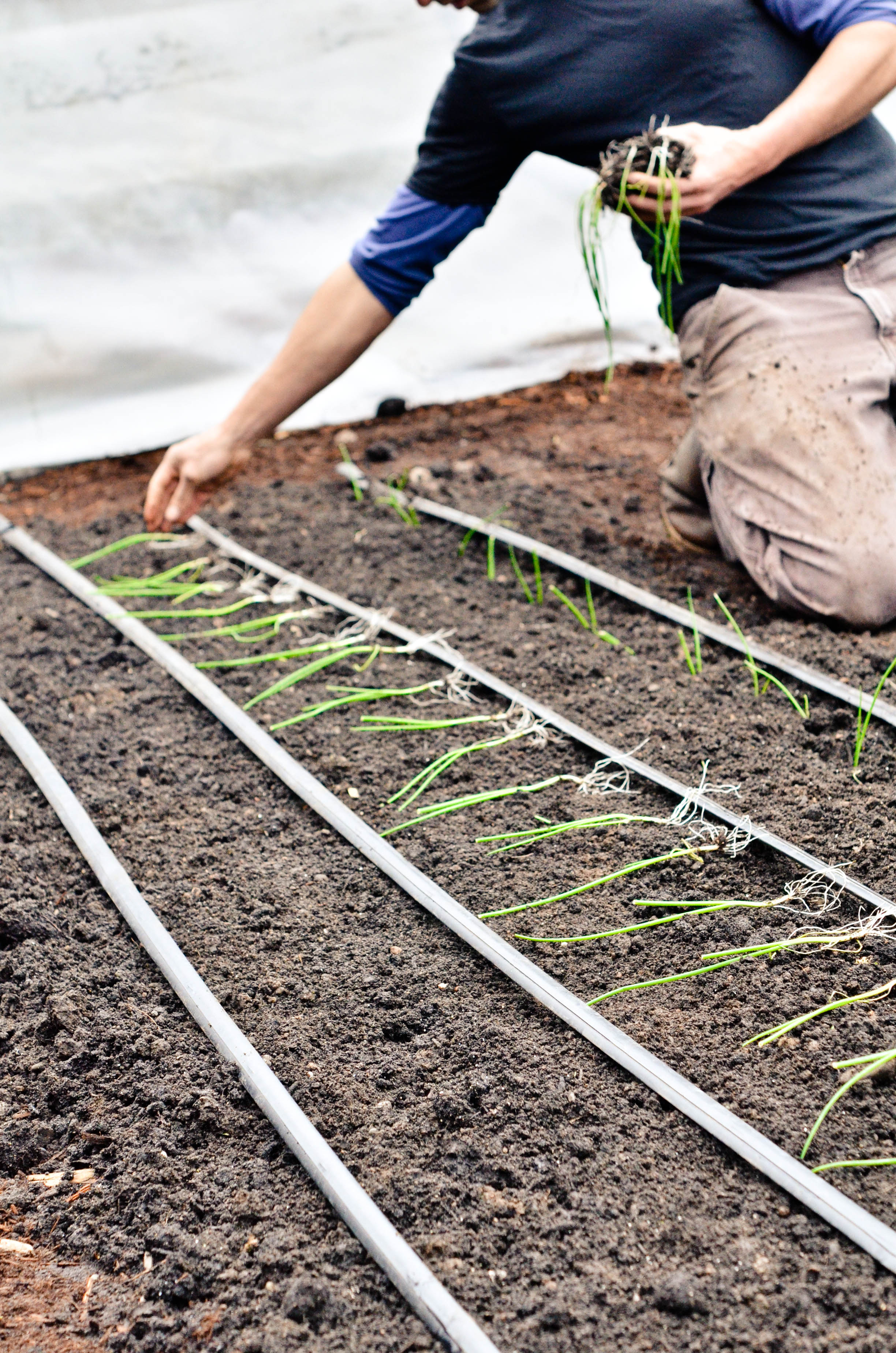
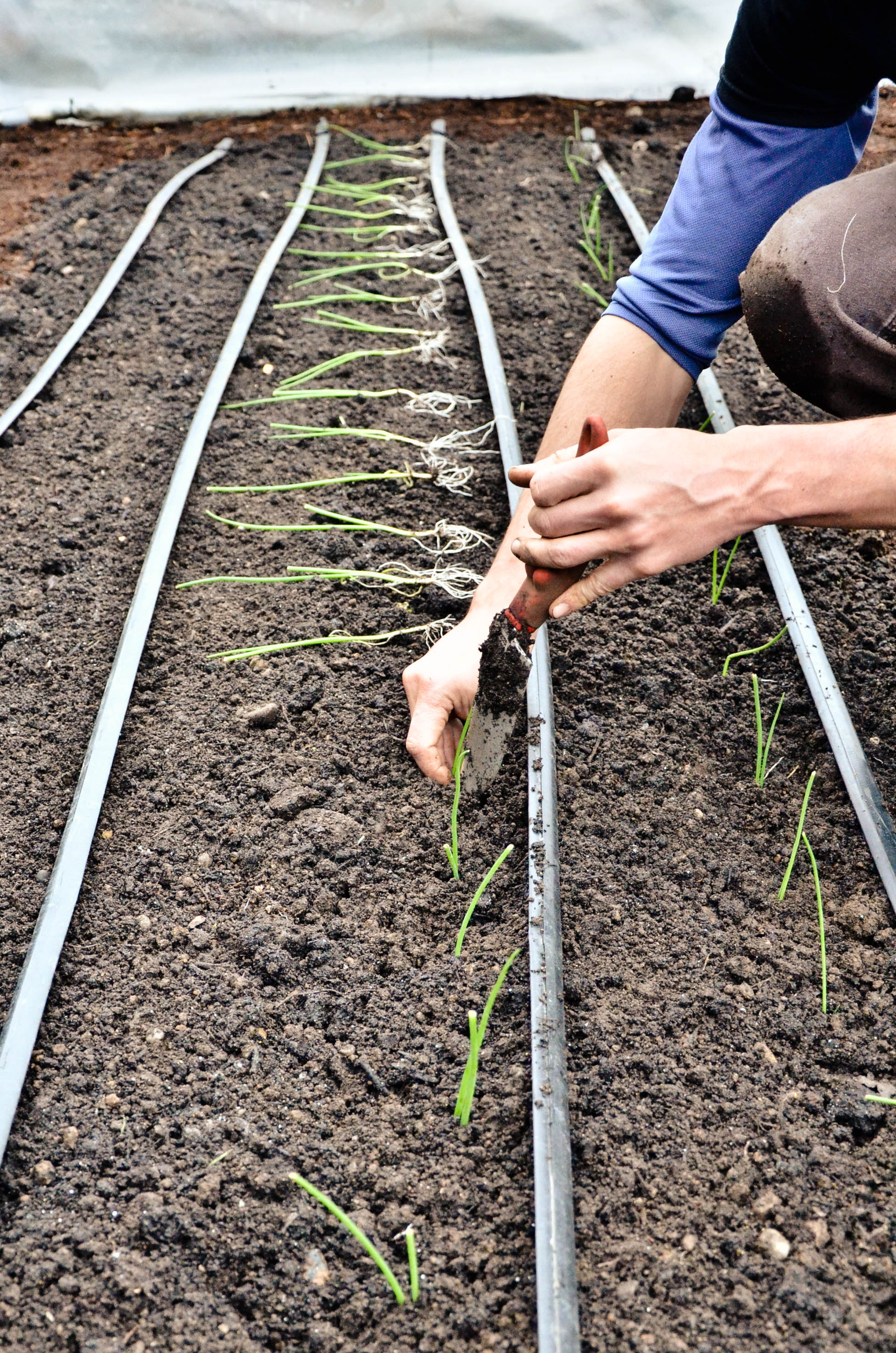
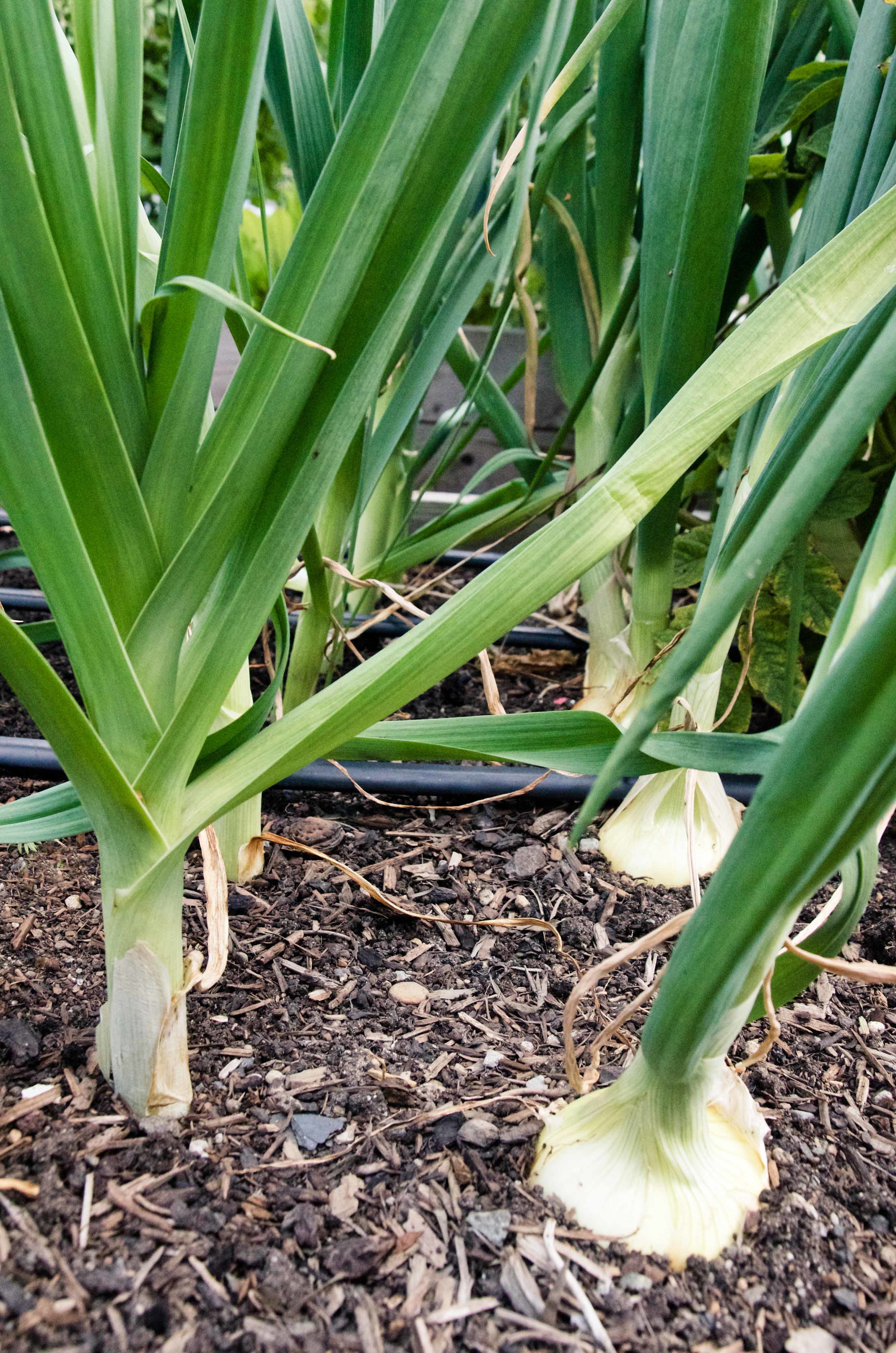


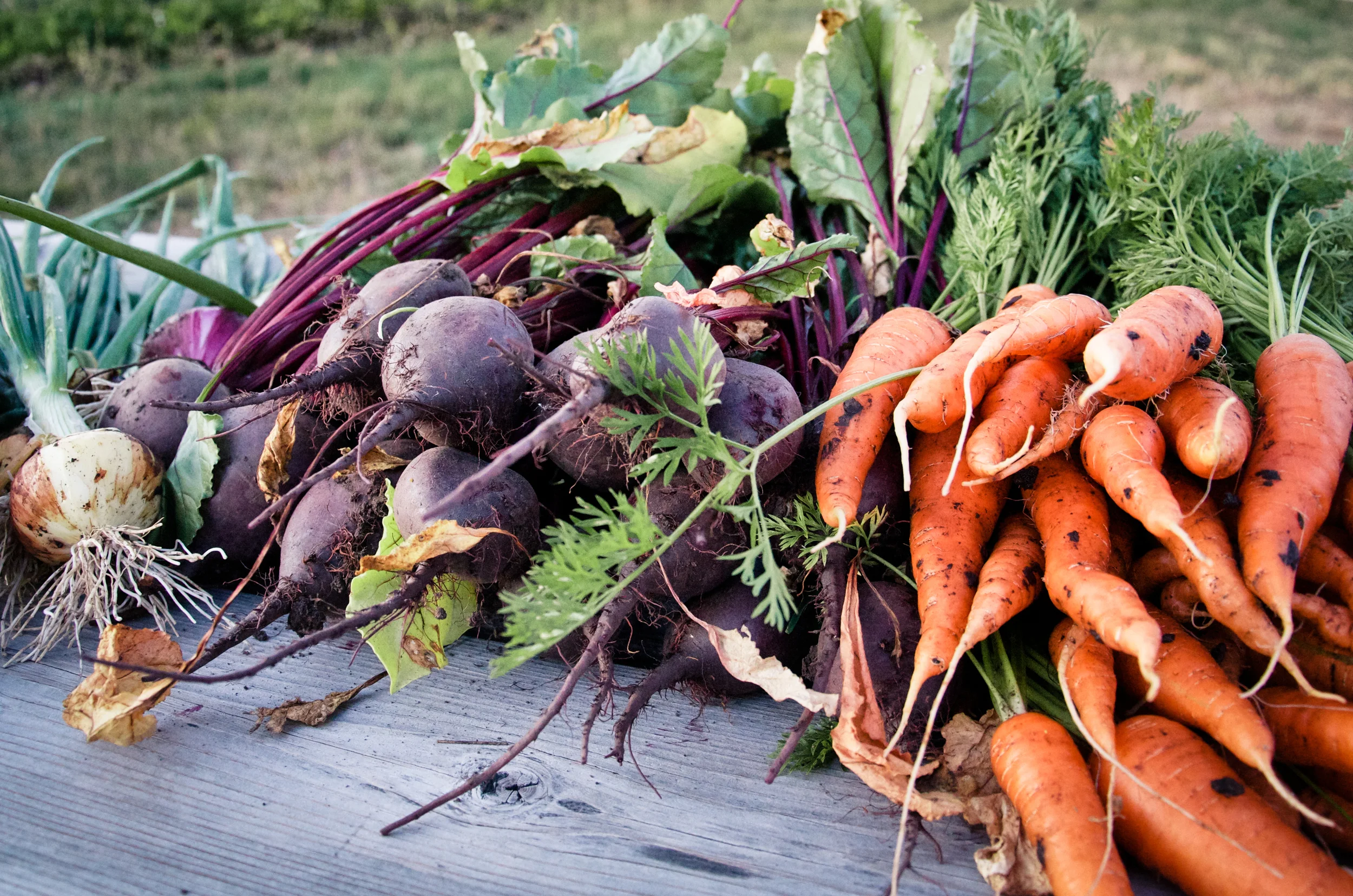
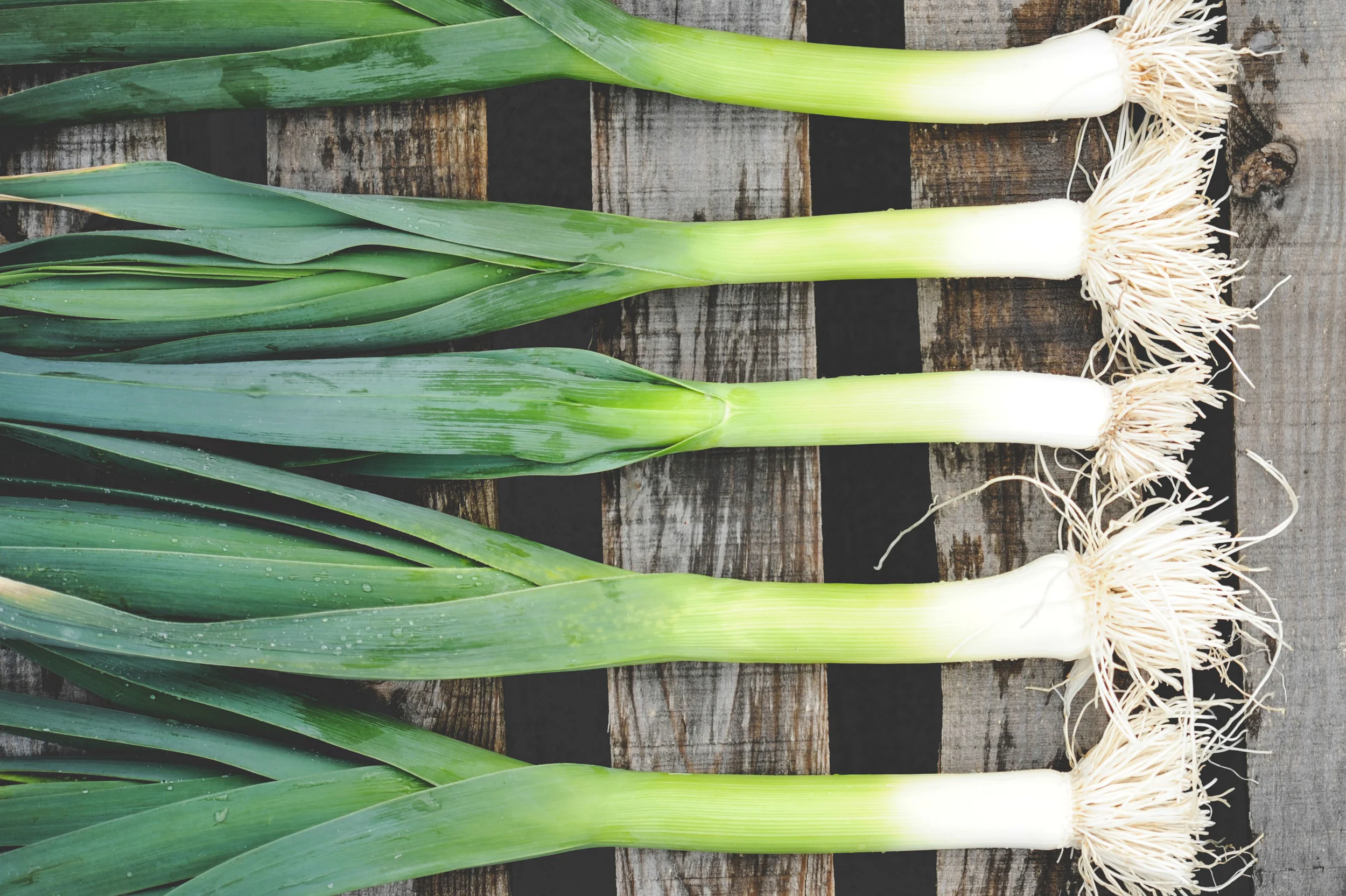
Starting your own onion transplants from seed is inexpensive and allows you the most control when it comes to picking varieties that are well suited for your garden and culinary needs.